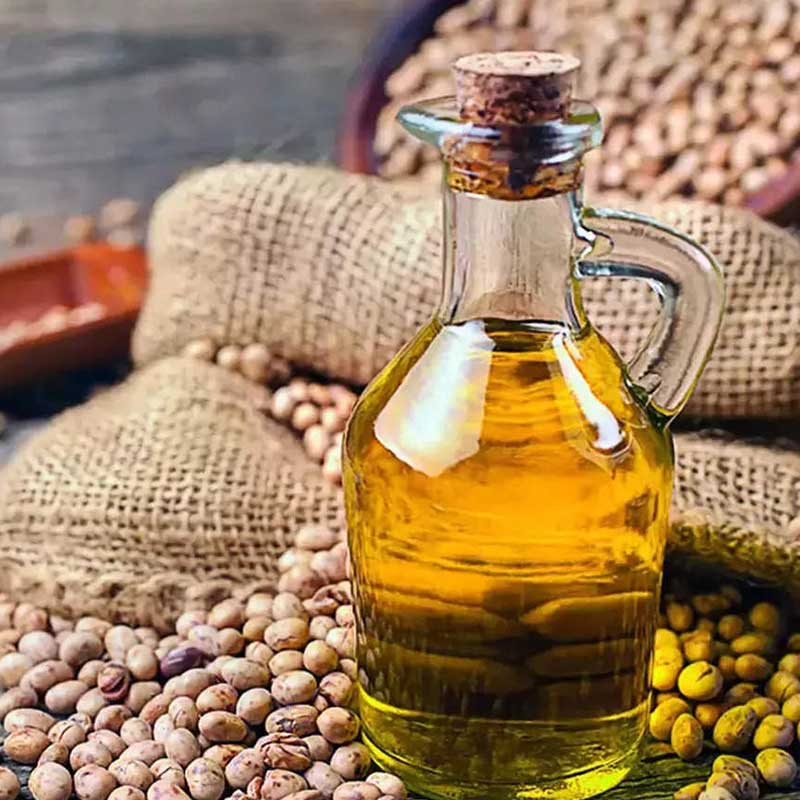Edible Oils Market worth $329.30 Billion by 2031 – Exclusive Report by InsightAce Analytic

InsightAce Analytic Pvt. Ltd. announces the release of a market assessment report on the “Global Edible Oils Market Size, Share & Trends Analysis Report By Type (Palm Oil, Soybean Oil, Sunflower Oil, Rapeseed Oil, Olive Oil), Packaging Type (Pouches, Jars, Cans, and Bottles), End Use (Domestic, Food Service and Industrial)- Market Outlook And Industry Analysis 2031”
The global edible oils market is estimated to reach over USD 329.30 billion by 2031, exhibiting a CAGR of 5.22% during the forecast period.
The liquid extracted from seeds, plants, and vegetables is known as edible oil. It is high in fatty acids, phospholipids, and antioxidants. Edible oil is used in the food processing industry as well as for human consumption. Edible oil offers low cholesterol, fats, and calories, which appeals to health-conscious consumers worldwide. Rising crop yields and oil output in developing economies are the primary drivers of edible oil growth in the global market. The rising popularity of olive oil and soybean oil will propel the global edible oil market over the forecast period. Increasing demand for organic edible oil, as well as rapid growth and expansion in the food sector, are projected to drive the edible oil market forward.
Furthermore, the growing use of corn oil in businesses is expected to create massive market potential in the coming years. Canola oil is a healthier and less expensive alternative to olive oil due to its low-fat level of roughly 6% compared to all other types of edible oils. The multiple advantages of edible oil enhance demand for this oil, which eventually drives 5market growth.
Drivers-
The rising global consumption of processed foods is likely to play a significant role in propelling market expansion. Consumer preference for packaged and processed foods will increase demand for these oils in food preparation by small food chains, households, and restaurants, which will likely drive the market.
Furthermore, the rate of income growth, combined with urbanization and the development of the middle class, leads to more diverse diets, hence increasing demand for processed food products. According to the Organization for Economic Cooperation and Development (OECD) and Food and Agriculture Organization (FAO) report, the availability of vegetable oil in the least developed countries is expected to increase by 1.3% per year, reaching 9 kg per capita in 2030, up from 7.96 kg per capita in 2020.
Additionally, the United States Department of Agriculture (USDA) predicts that imports of cooking/edible oil into developing nations will increase by 34%, accounting for 79% of worldwide import growth due to factors such as tourism and population expansion. As a result, these factors are anticipated to fuel market expansion in the future years.
Challenges:
For years, the nutritional integrity of edible oils has been a source of worry. The adulteration of popular and expensive oil with cheaper oil is widespread and poses a risk to human health. In March 2021, for example, Indian authorities discovered eight 15-litre containers of counterfeit Fortune soybean oil, a Wilmar International Ltd brand.
While the codex requirements for oils are continuously altering to improve their utility in resolving authenticity issues, growing oil counterfeiting is projected to stymie market growth. While the codex standards for oils are constantly evolving to improve their use in determining authenticity issues, developing oil counterfeiting is projected to hamper the market growth.
Regional Trends:
The Asia Pacific edible oils market is expected to register a significant market share in terms of revenue and is also predicted to grow at a high CAGR in the near future owing to the aquaculture industry’s large concentration in China, India, Vietnam, and Indonesia. Furthermore, increased consumer health concerns lead to the use of fish oil as a dietary supplement in industrialized countries such as Japan and Australia. Because of its health benefits, olive oil has experienced the fastest growth rate.
The high demand from food businesses, which is ascribed to an increasing number of health-conscious consumers, a large population base, and changing living standards, as well as the existence of significant palm oil-producing nations in the region, is expected to boost the market. Furthermore, the expanding consumption of processed food is a significant element in the rising use of edible oil.

















